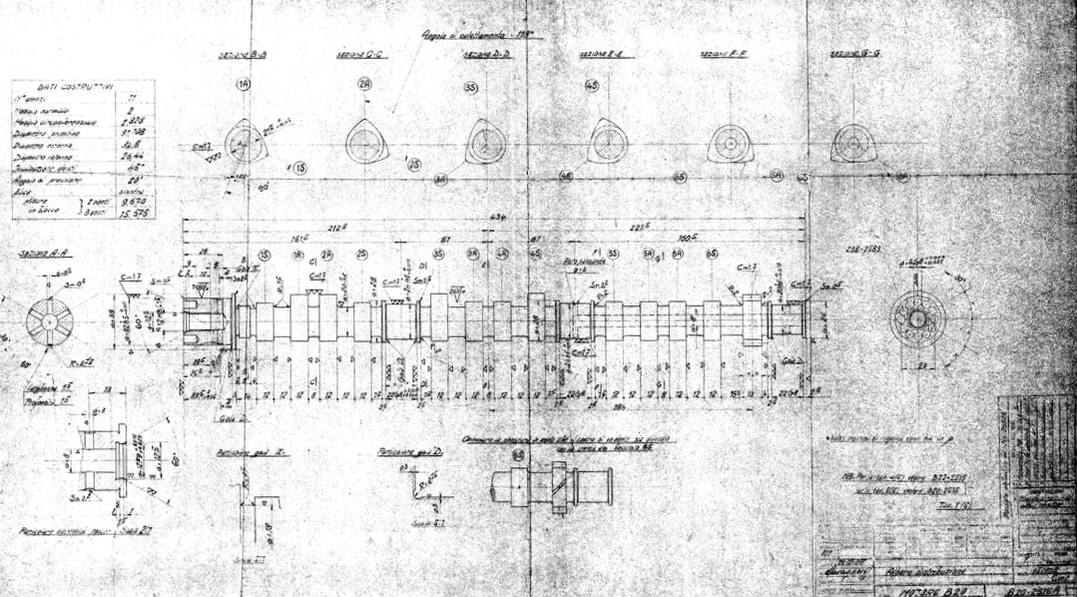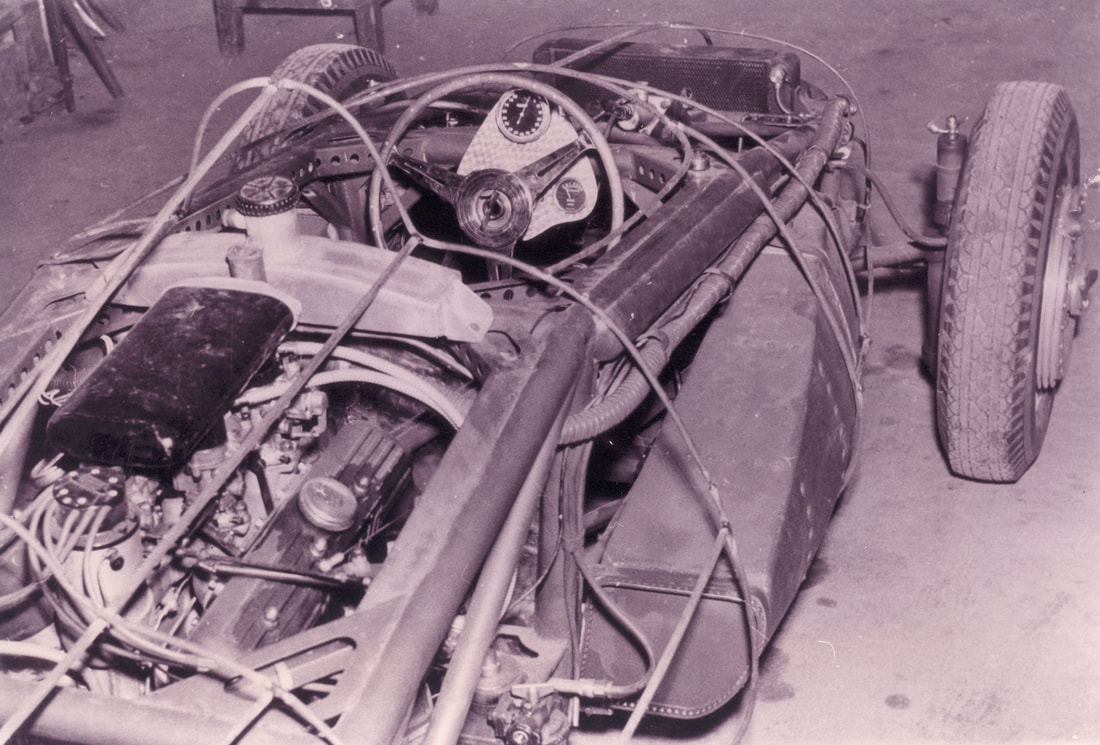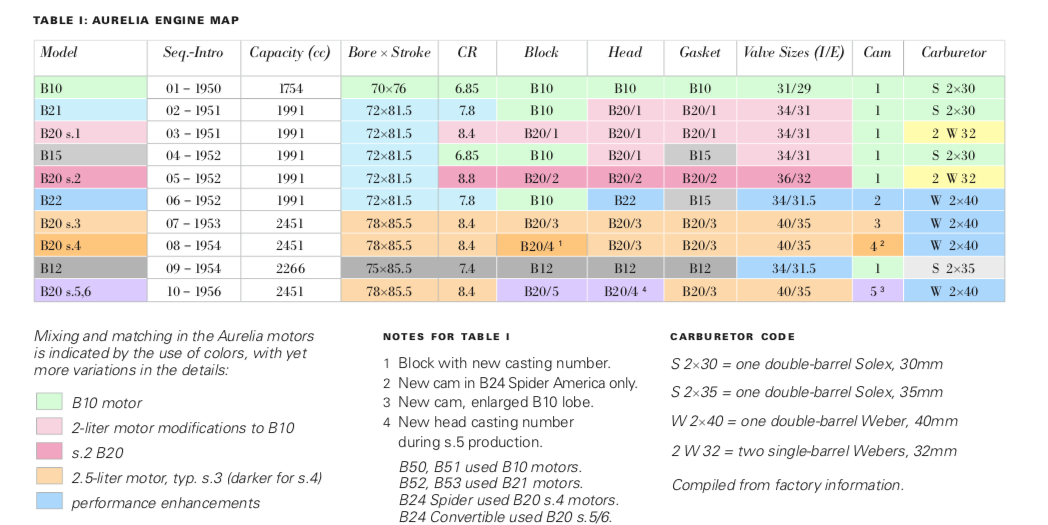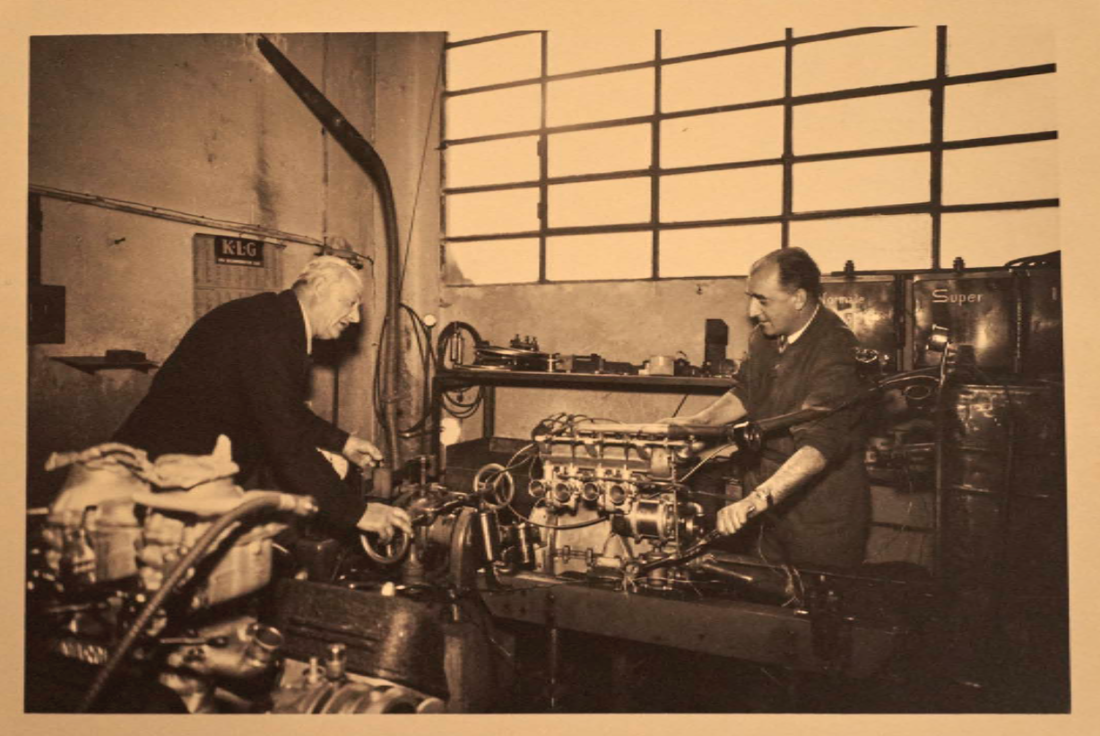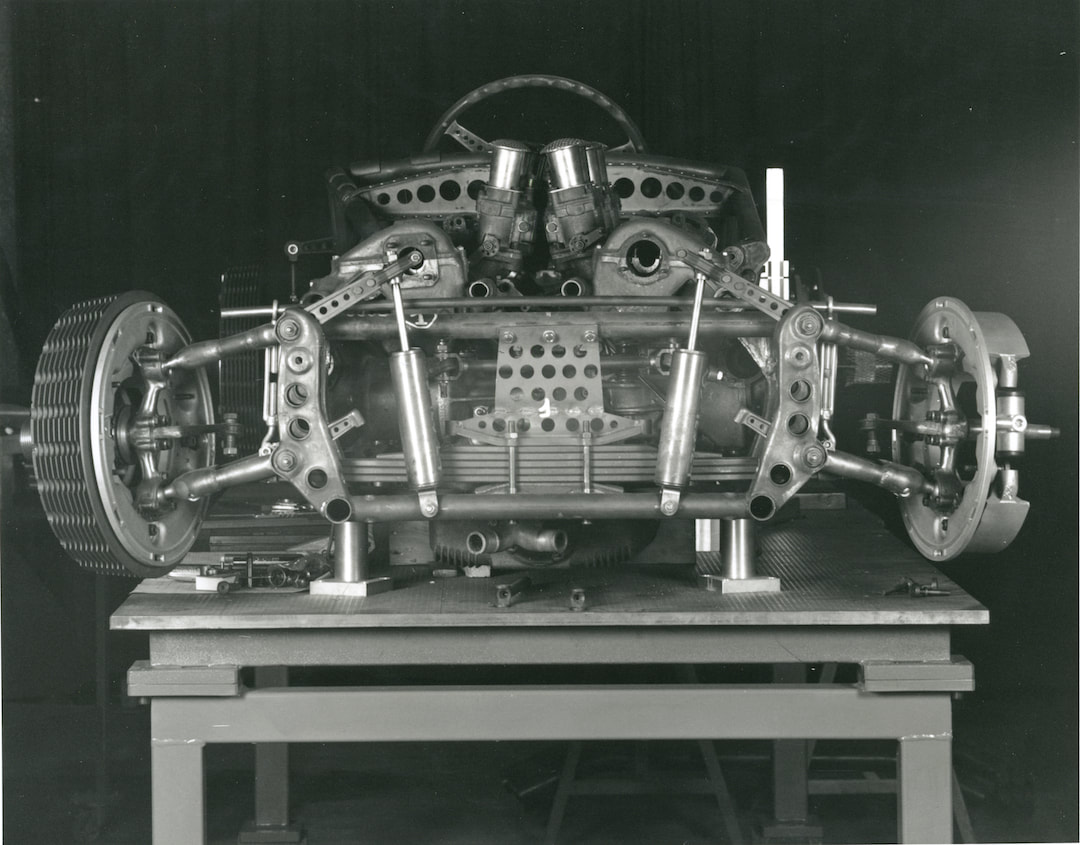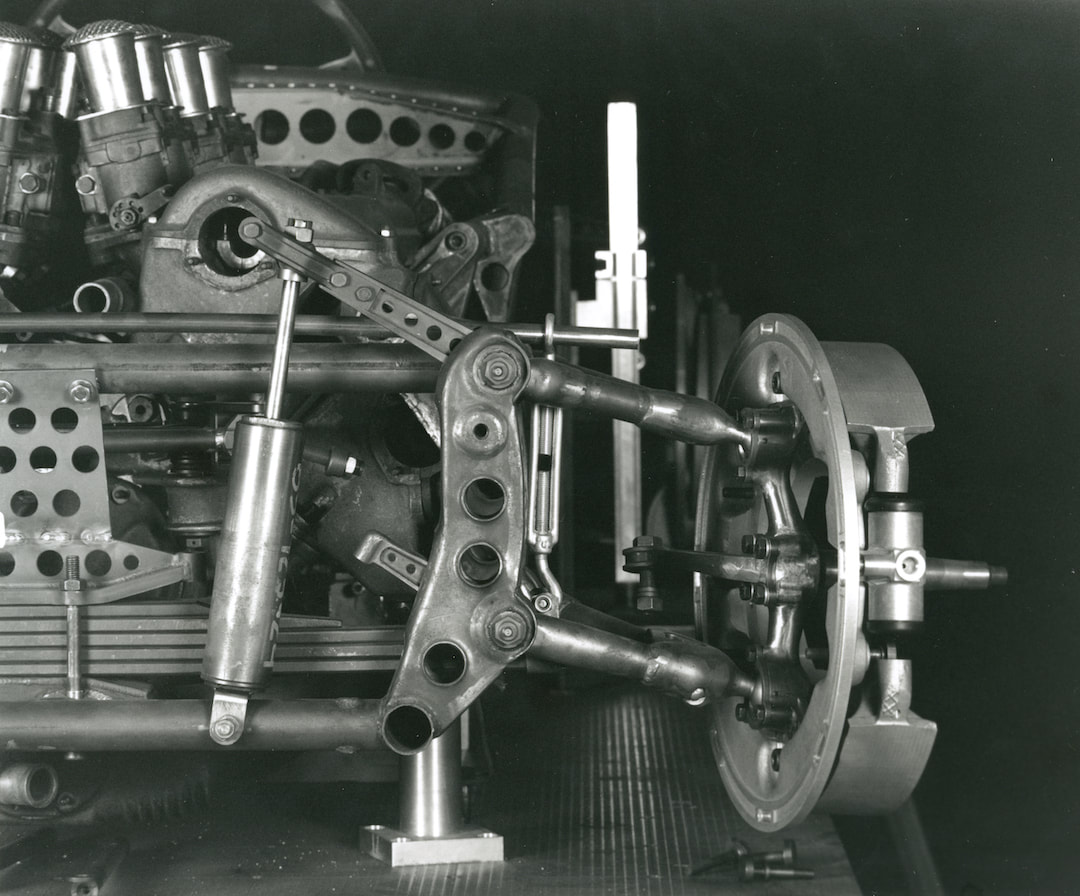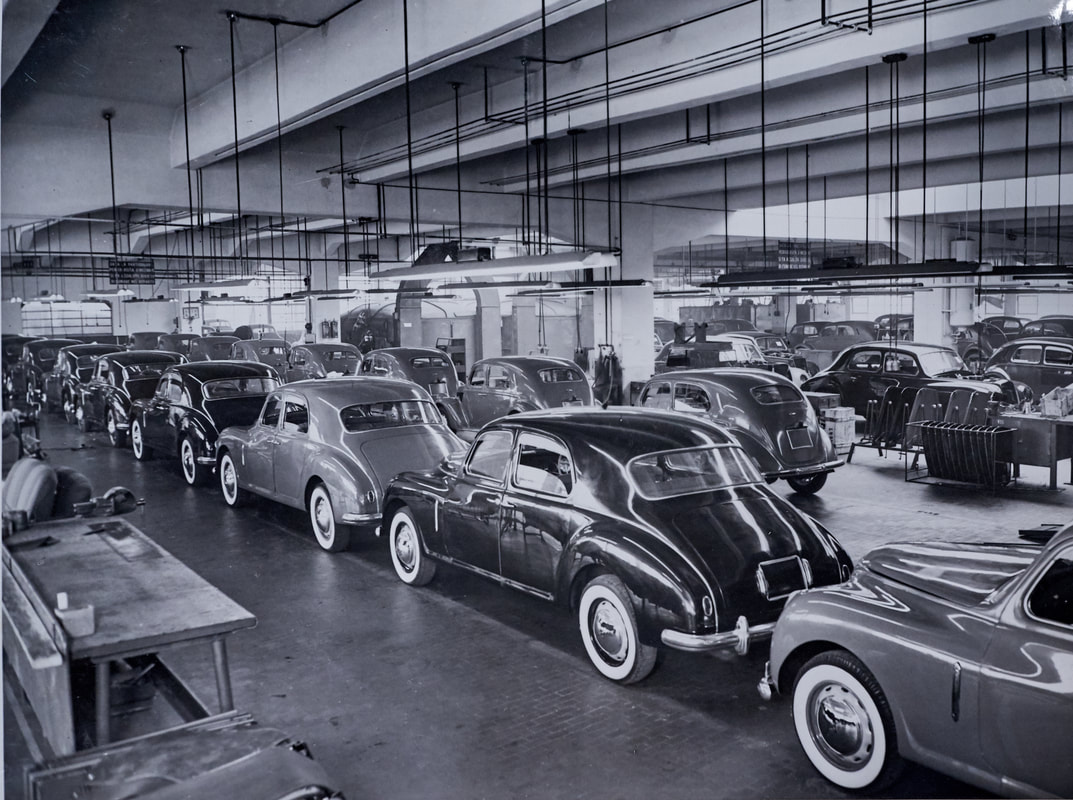|
Back in 2004, I did a booklet on Aurelia camshafts, trying to figure out all the different camshafts Lancia used on Aurelias. Since then, better information has been found, and these findings have been condensed on this webpage, which has goodies for any cam junky. (updated 2.10.2019): Camshafts
0 Comments
So what was Nardi's role in Lancia's early Aurelia competition cars?
Nardi had been a friend of the family (primarily of Giovanni Lancia's son Massimo) in 1930, and knew the Lancia cars well. They were going to go to Modena to work at Maserati, but Massimo's untimely death in an airplane crash in 1932 put an end to those plans. Nardi went anyway and became Ferrari's driver, and worked with him for many years, into the 1940s. At that point, he returned to Torino, and started making his own particular cars and products, including twin carb kits for Areas and Aprilias. His shop was located close to Lancia (I believe across a courtyard) and in the early days of the Aurelia, he provided tune-up services for the factory and later for privateers. First off was a double carb kit for the B10, then another for the B20 s.1, used in the Mille Miglia of 1951. Two further kits were made, one for the B20 s.2 (same carb, different manifolds, as Lancia had changed the heads), and the 6 carb dell'Orto solution (done in two versions). Of interest is the evolution in these early years at Lancia, where initially the expertise comes from Nardi, and then quickly (starting end of 1951 and into 1952) Lancia gets more seriously interested in racing and engine development, and takes over the tuning of their cars. The high point here is De Virgilio's design for a four carb setup (single Webers) used in the s.2 Corsas. This kit may well have been cast by Nardi, and it showed up in his 1952 F2 car, powered by an Aurelia engine, supposedly to the disgruntlement of Gianni Lancia, who did not like factory developments showing up on someone else's cars. Nardi continued to make further kits for the Aurelia, most notably the one for the 2.5 liter engines, used in B20 series 3 to 6, and would also be fitted to some B24s. The relationship between Nardi and the factory remained close - there is one example (I think either s.3 or s.4 B20 motor) that is taken out of a new car, refitted by Nardi with his hot cam and twin carb setup, and then tested at Lancia and then refitted to the car. Not sure who was responsible for what in that interchange, but the customer was likely very happy to have this all done for him. In each of the Aurelia heads, manifold passages are changed to improve breathing, and these required different setups from Nardi - the number boggles the mind. There were six different heads, and the number of combinations of heads, valves, cam and carburetor are somewhat bewildering (ref: pg. 295 in the book, shown below). Nardi was assisted by Gaudenzio Verga, likely designging the breathing enhancements. Verga was an old Lancia hand, coming to Lancia in 192. Prior to that he had been at Chiribiri in Torino, making 4 cylinder race cars from about 1910 to 1927, then joined Lancia and was with them into the 1940s, before migrating to Nardi. For more detail, see Lancia and De Virgilio, At the Center (pg. 99 and following). The D50R was a short run of recreations of Lancia's Formula 1 car, made with original engines by Guido Rosani in Turin. Guido was the last direct link back to the factory race team - his father had been the architect for the Lancia company, and young GUido (at about age 10 or 12) spent some of his youth running down the aisles in between the drafting boards. He knew Lancia history better than anyone else. I was lucky to spend time with Guido while visiting Torino and working on the De Virgilio book. Guido appreciated my love of the drawings (he was a skilled draftsman himself as well as fabricator), and wanted his picture taken by his drawing board. We looked at the drawings from the 1950s, from the B110, D20, D24 and D50s, all of them, over the years. He shared with me a book on his father Gino Rosani, privately published by Pininfarina in his honor. Gino had worked closely with Gio Ponti on the Lancia building, a very interesting 1950s design. This picture of the D50 construction is of the front suspension, with double wishbones , a lower transverse leaf spring and remote dampers. It was taken by Nigel Trow, another good friend of Rosani's, as Nigel had the chance to watch the cars be made. He wasn't the only one - one day Gianni Lancia came into Rosani's workshop, to check on his projects as well. Rosani made both D24 and D50 cars - only using original engines, but making much of the rest up, with help from many in the industry who were familiar with the cars. The D24 lines were partially penned by Ercole Spada, formerly of Zagato, now retired - another one from Guido's deep Torinese network. The cars were made meticulously, with even the rivets in the gas tank per the factory drawings, where no one would ever see them. He was quite proud that he followed the drawings carefully. There has been discussion (especially in the British press) as to how much was done by Rosani, and how much by Jim Stokes, who fettled the cars once done. While Stoke's work was invaluable and very well done, the real construction was in Torino, as shots like this make clear. Here is a later shot of the D50 front suspension which I took of the D50 in the Revs collection in Florida. Just lovely workmanship.
Oh to be at Lancia in the early 1950s. I'm sure it wasn't all wonderful, but to be surrounded by so many Aurelias. The curves, the finish, the colors, and the sense that this was how things could be.
Around 1980, I was in Los Angeles, and visited a grey-market importing operation for Lamborghinis. It was run by Jas Rarewala, an engineer, who was also interested in Stratos. We had a good time and he took me for a ride in a Countach, managing only 135mph on the expressway. What does this have to do with Aurelias? Not much, except I remember being in a storage area surrounded by 4 Lamborghinis. It was an extraordinary experience, as you could come around to "believe" that these cars were right, and the rest of everything else wasn't. It was a new way to see the world. When you see them in numbers, you begin to believe. Quite amazing. So the image of fifty or more Aurelias, all together, reminds one of how the world could/should have been - dedicated to quality, finesse, and elegance. |
CategoriesArchives
July 2023
|
